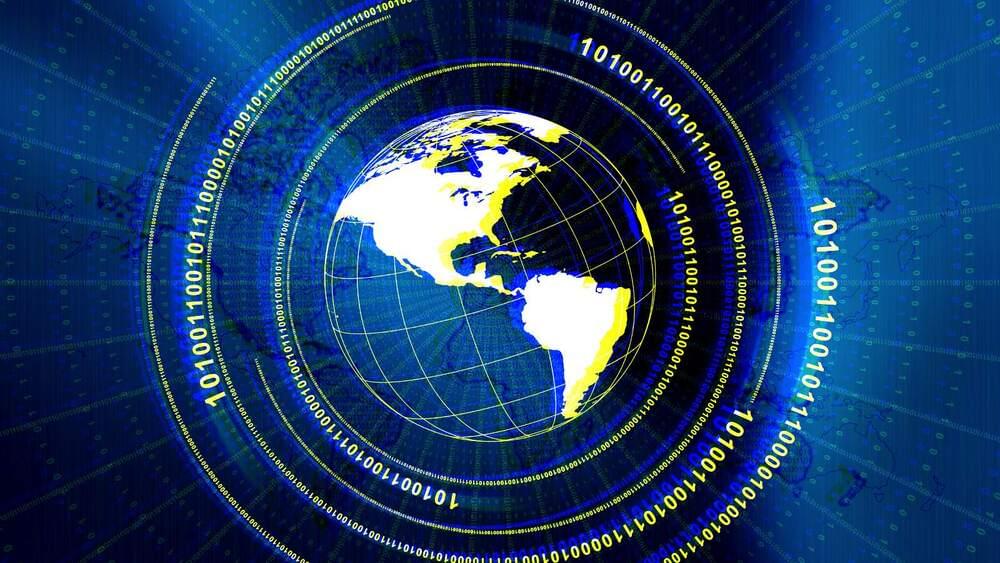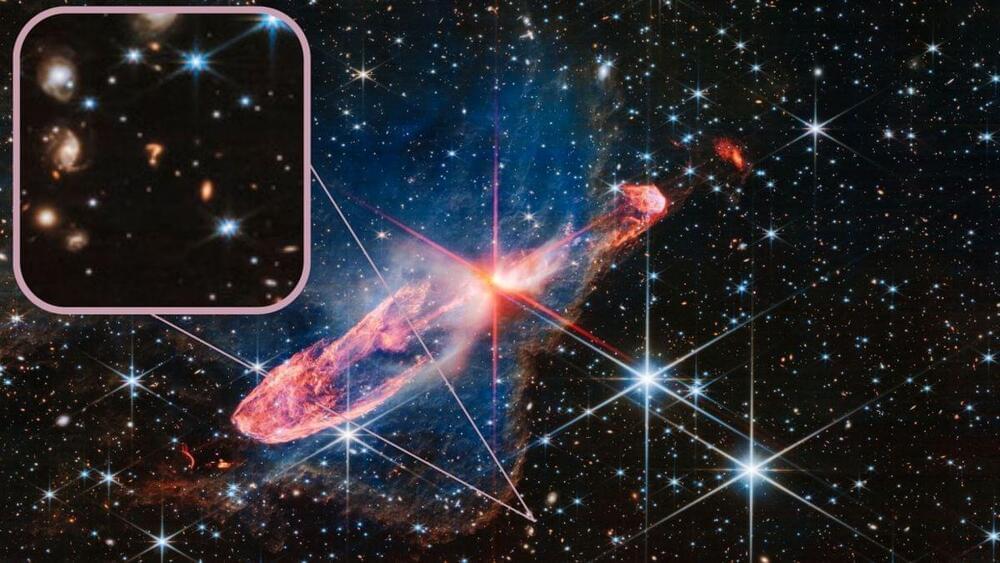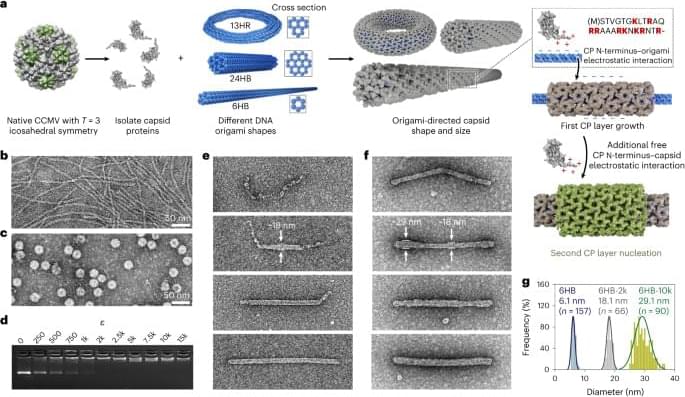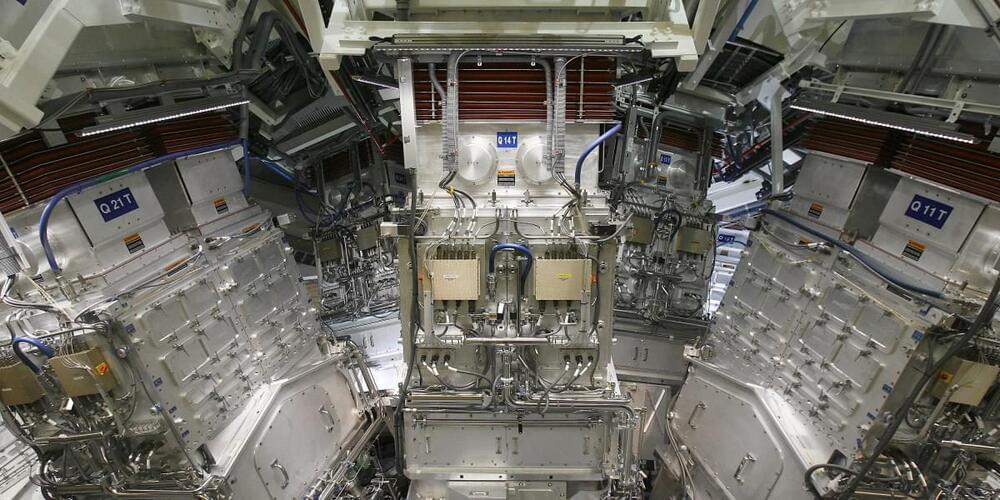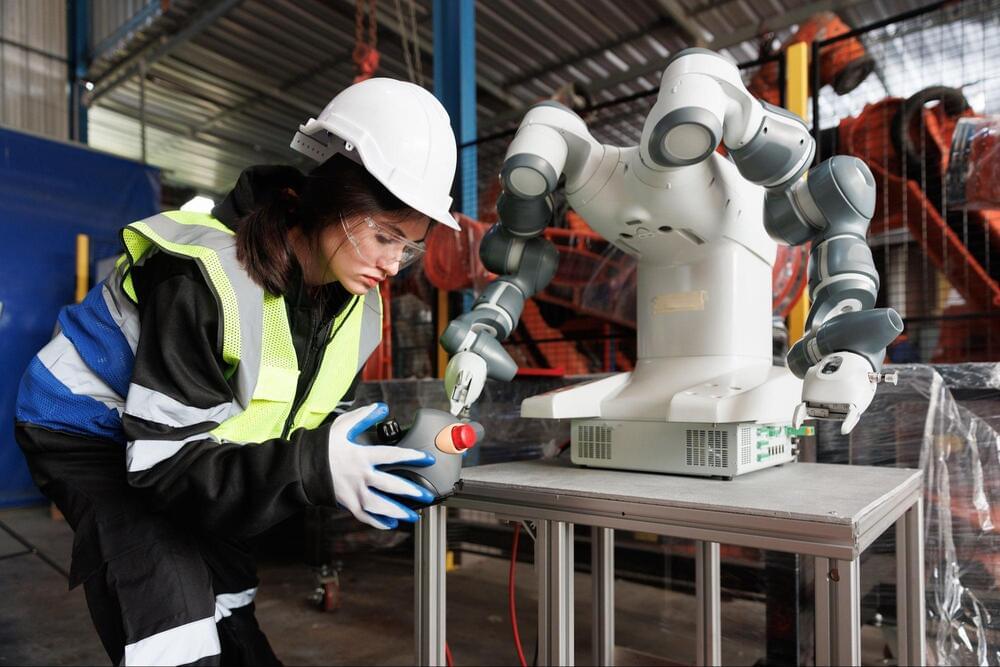The Clop ransomware gang has once again altered extortion tactics and is now using torrents to leak data stolen in MOVEit attacks.
Starting on May 27th, the Clop ransomware gang launched a wave of data-theft attacks exploiting a zero-day vulnerability in the MOVEit Transfer secure file transfer platform.
Exploiting this zero-day allowed the threat actors to steal data from almost 600 organizations worldwide before they realized they were hacked.


